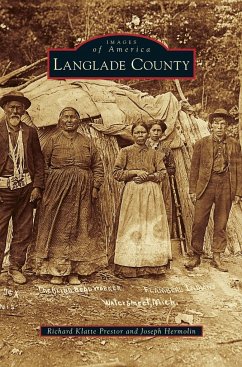The "Great North Woods" counties of Wisconsin, home to various native tribes, have transformed through several fascinating stages of development. The US government built a military road from Fort Howard (Green Bay) to Michigan's Upper Peninsula soon after the Civil War, causing increased development in what would later become Langlade County and the heavily forested lands that stretched northeastward. The Wolf River proved essential in creating the local logging trade, which in turn drove the expansion of railroad lines. By 1900, logging was slowing down, but the public's growing awareness of Langlade's abundant hunting and fishing resources gave rise to northern Wisconsin's tourism industry. Even Indian tribes gradually participated in the tourist trade. A.J. Kingsbury photographed these transitions. This book reaches beyond Langlade County to portray early-20th-century Ojibwe and Menominee tribes along with loggers, railroads, and tourist attractions.
Hinweis: Dieser Artikel kann nur an eine deutsche Lieferadresse ausgeliefert werden.
Hinweis: Dieser Artikel kann nur an eine deutsche Lieferadresse ausgeliefert werden.








